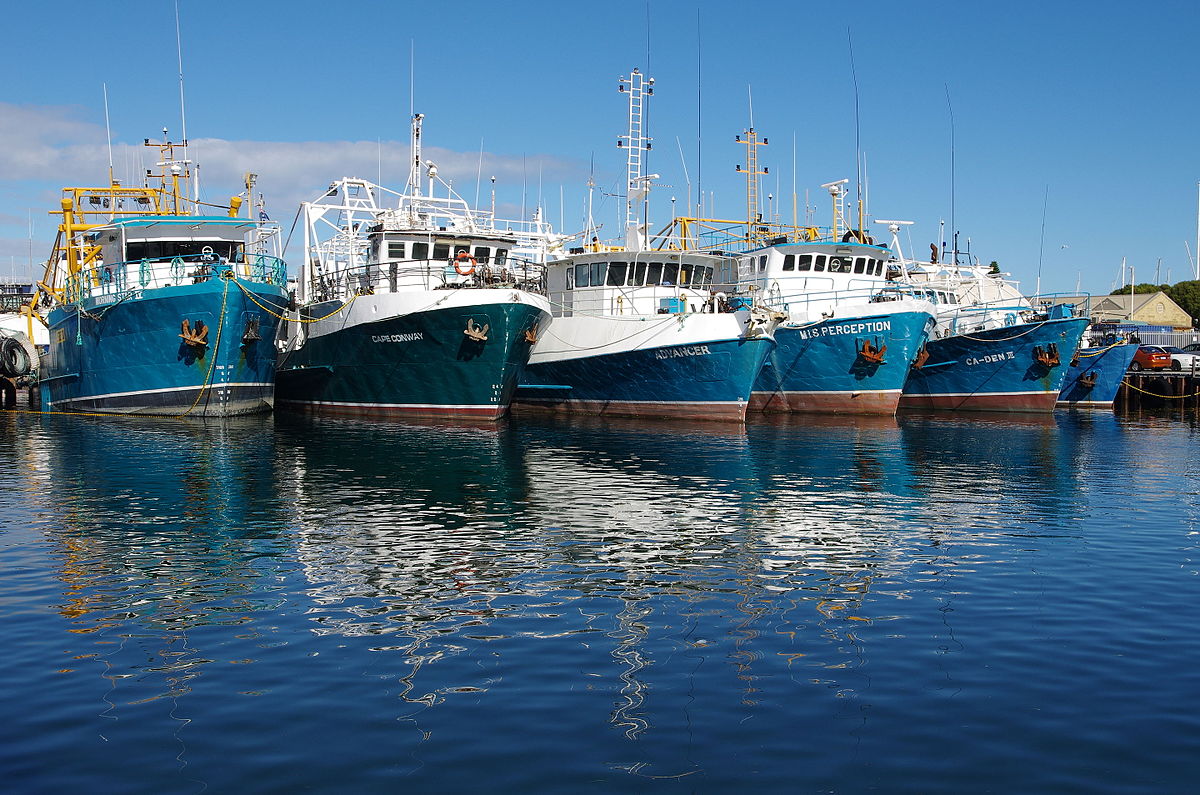MERIGOMISH – A local woman who had dedicated her efforts to keeping ocean water clean will be featured in a national TV series, Green Heroes.
Mary Gorman of Merigomish, who is also an active member of the Save Our Seas Coalition, will have her story aired Tuesday, July 16 at 7:30 and Sunday, July 21 at 8:30 p.m. on TVO.
The show will be repeated several times after the initial broadcast that is entitled Saving Oceans. Produced by CineFocus Canada in association with TVO, the six 30-minute series tell stories of people who acted on their ideas and heroically “ventured forth” to protect our planet. From the celebrity to the everyday person, each story details the different paths and interests the Green Heroes have taken in their quests to help save the world.
According to the Green Heroes website, Gorman is described as a woman trying to stop a disaster before it starts: Canada’s own Gulf Oil Spill. Twelve years ago, she turned from fisherman’s wife to Green Heroes after two leases were issued for oil and gas development on the shores of her Nova Scotia home. Knowing spills were likely and would impact 2,000 marine species including endangered ones, Gorman decided to prevent a disaster instead of reacting later. Today she has formed a growing movement with support from celebrities like Ethan Hawke and Jason Priestley. Her struggle and resulting victory led to her winning the inaugural Green Heroes award, as selected by fans of the web channel and a jury of esteemed environmental and broadcast judges.
In addition to Gorman, the Saving Oceans episode will also feature Farley Mowat and Alexandra Cousteau. Mowat is one of Canada’s most widely read authors and best-known conservationists. He is also an active supporter of such groups as Sea Shepherd and Gorman’s mission to protect the Gulf of St. Lawrence.
Cousteau is a filmmaker and TV host who has mastered a storytelling tradition to inspire and empower individuals to project not only the ocean and its inhabitants, but also the human communities that rely on freshwater resources.

 Eliza Knockwood, Ethan Hawke, Gretchen Fitzgerald & Mary Gorman
Eliza Knockwood, Ethan Hawke, Gretchen Fitzgerald & Mary Gorman Ellen Page and Mary Gorman of Save Our Seas and Shores NS.
Ellen Page and Mary Gorman of Save Our Seas and Shores NS.










